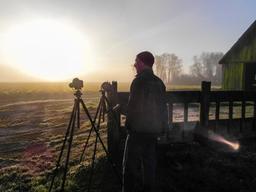 An interview with Fine Art Photographer, John Holtman What equipment to do you use? What camera? For a camera, I use a Sony A7r. It is the perfect camera for me. The electronic viewfinder is great for focusing my old manual lenses. And it's particularly well suited for night photography. I use vintage Leica, Nikon and Olympus lenses. My favorite would have to be a 1949 Leica Summarex I found in Portland. There is just something special about that lens. Technical Advice? I will pass along some great advice from Dick Garvey: Use a single lens for an extended period. Get to know it inside and out. I have often gone on vacation packing only a single 50mm lens. Far from feeling constrained, I find it completely liberating. No messing around in the camera bag looking for the right lens. Just living and seeing in the moment. Not mention how much lighter the kit will be. Creative Advice? I spend a fair amount of time looking at other people's photos. I have a bookshelf full of photography and other art books that I will go to when I need a little inspiration. Post Processing - Favorite techniques? I do quite a bit of image stitching for panoramas. I start by using three or more images using a shift lens to eliminate distortion. This makes the stitching very simple while retaining the original resolution of each image. Post Processing - Software used? I use Lightroom for organizing and the basic stuff and Nik software for more serious editing. Between these two, I can accomplish everything I need. Technical challenges? I have invested more time and energy into printing than any other technical challenge. I spent a couple years experimenting with my own process of printing on watercolor paper and then adding several layers of gloss varnish. I really like the look of it and I like having more of a physical input into the final product. The downside is it takes about five days to make a finished print. Creative Challenges? You could ask me this question on any given day and I would probably give a different answer. I suppose I'm looking to convey meaning in what I do. But what is it I mean to say? I'll have get back to you on this one... Artistic signature that conveys your style? I have always been fascinated by things that are on the edge of visibility. This probably shows up through a lot of images of night, fog and other things obscuring clear vision. I suppose I like the idea of a little mystery in many things, to maybe wonder a little, and make up for yourself the story behind a picture. Favorite Subject? It would be difficult to come up with a single subject. But, I do love shooting at night. Add in a little fog and some street lights and that would be just about right. Favorite Location? There's enough places right here in Skagit Valley to keep me busy for years. I also love shooting in cities: Seattle, Portland, Vancouver. We made a trip to Paris a couple years ago, which is as close to photography heaven as I'll likely get. Throw in a shot of the yellow jersey in the final stage of Tour de France on the Champs-Elysees, and yeah I guess that was a pretty good spot... Visit John's website...
0 Comments
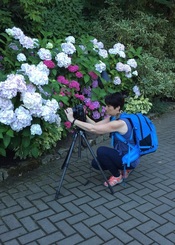 An Interview with Fine Art Photographer, Sally Halvorsen What equipment to do you use? What camera? I use a Nikon D750 the Nikon 105mm macro lens, Kenko Extension Tubes, Teleconverter, Diopters and a Gitzo “Explorer” Tripod with an Acratech Ball Head, reflectors Technical Advice? I shoot shallow and I will use as many tools at once as I can. I love to experiment with extension tubes or different lenses. I don’t limit myself because it’s not a macro lens, any lens you can add extension tubes too will allow you to get closer. Basically any lens I have that will shoot at 2.8 or better I use. I also constantly focus in and out to see what comes into view. I’ve taken some really amazing images by doing that. I also always use a tripod and the head I upgraded too last year allows me flexibility. I think that is one of my most important upgrades. I was inhibited by the head I had before, I felt as though I could not move in the direction I wanted to move into without changing the tripod. It was frustrating, so when I found a ball head I thought would give me the flexibility I wanted I jumped at it. I have to say it has provided a lot more range than the head I had before but at times it’s still limiting. I think the only way to avoid that is to shoot hand held and that is almost impossible for macro. Creative Advice? Don’t let your mind be your limit. Step outside the box and experiment with the tools you have. Try things even if you don’t think they will work and then work on them even more to see if you can make it work. I don’t give in. If I have an image in my mind I will continue to practice until I can either get what I’m envisioning or I prove to myself I can’t do it. I’ve taken hundreds of images that I deleted because I could not get the composition I wanted or I could not get the background the way I wanted. But I exhausted every effort before I gave in. Some photographers look for the background of their image before they find their subject, but I do it just the opposite. I alway find my subject before I find the background. I think you have to decide what will work best for you, it’s not easy either way. You may see an amazing background but not have a subject for it or you may have your subject but not have a background. If I’m shooting in the winter I create my own background, I do this by using the other flowers in the arrangement or plant. I will also use fabric, pictures, or stained glass to create my background. Post Processing - Favorite techniques? I’m all over the place for post processing. I use some actions or I manually process my images. It just depends on the image and what my desired affect is. Post Processing - Software used? I primarily use Lightroom and Photoshop Technical challenges? Flexibility with a tripod. Macro photography is a lot different then Landscape photography. When I am shooting macro I am constantly moving the camera on the tripod trying to find my composition. Maybe I shoot differently than other macro photographers but I’m twisting and turning the camera while I’m looking through the viewfinder. So to find a ballhead that will hold the weight of all the tools I have added to the camera and give me the flexibility that I desire is tough. Creative Challenges? Constantly trying to keep it fresh and not becoming stagnate Artistic signature that conveys your style? Creating soft focused images that blend colors to create dreamy uncomplicated and peaceful images that makes others smile. Favorite Subject? Flowers Favorite Location? Any garden or my backyard Visit Sally's website 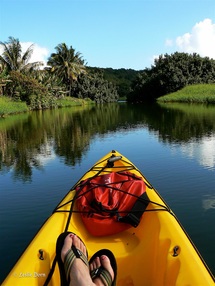 It is my belief that true photographers see the world in a different way. After so many years of taking photographs I now realize that most of my waking moments are spent attempting to compose and frame different scenes I come across every day, not necessarily with my camera and lens but my vision. Dick Garvey taught us how to look for the light but also for the absence of light - in everyday scenes. While technical skills are necessary, this is only the first step. A good photographer has a vision, a way of interpreting the details of his/her surroundings, and being able to convey this through photography to others who enjoy art. Of all the “tools” in the photographers handbag, I think the most important one is composition. What to leave in? What to crop out? Simple, uncluttered images are the best - drawing the viewers eye to only the most important details. Post Processing: I believe in post processing only to the extent that it brings an image up to its full potential. I want it to reflect what I saw through the lens and what inspired me to click the shutter. However, I think it is essential for all photographers to use post processing tools to enhance their images. I use Lightroom for the most part, switching to Photoshop when necessary. I shoot with a DLSR Nikon D7100 and a variety of lenses for most of my work and I only shoot in RAW. My go-to camera (the one that is always with me) is a Panasonic Lumix DMC-FX-1000. Although this is a point-and-shoot (can’t change lenses) it is none-the-less an amazing camera with a built-in zoom lens that ranges from 25-400mm. I do all my own printing, matting and framing. There are two reasons for this - one, it is less expensive to do so, and two, I am extremely particular about the quality of my work so I want to have complete control over the entire process. So many times I have seen great images that have been matted and framed poorly which detracts from the image. I typically use white or off-white mats and either metal or wood frames which I order on-line from American Frame Company. Again, simple is better. You want the viewers eye to go just to the image, not to the mat or frame. Sometimes people ask me “What is the best photo you have ever taken?” My reply is always the same. “It is the one I am going to take tomorrow.” We as photographers are always striving to do our best, learning from our experiences and yes, making mistakes along the way (you can do that with digital). When I look back at some of the images I took many years ago, I say to myself “Really, I thought that was good?” Visit Leslie's website... |
AuthorPhotography and photographers... A look at both. Blame it on the light. Archives
June 2017
Categories
All
|
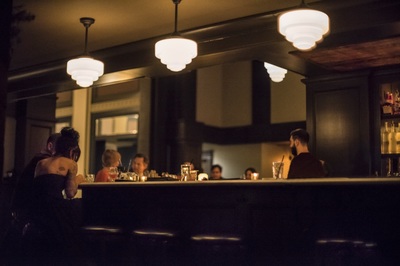
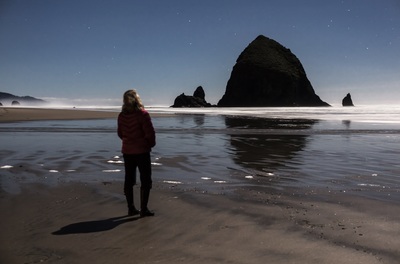
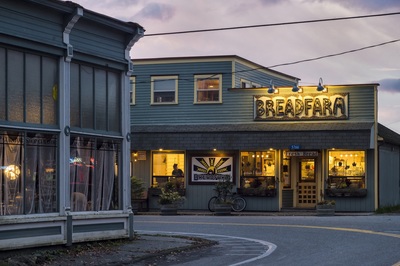
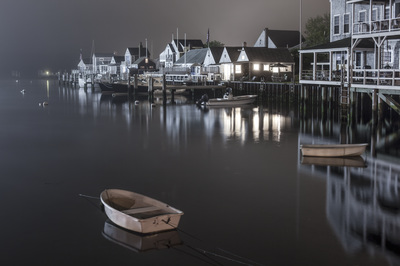
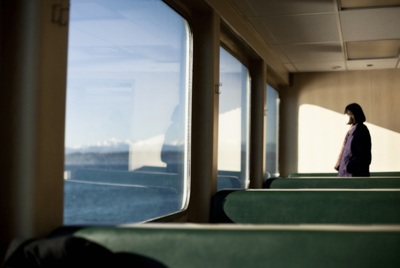
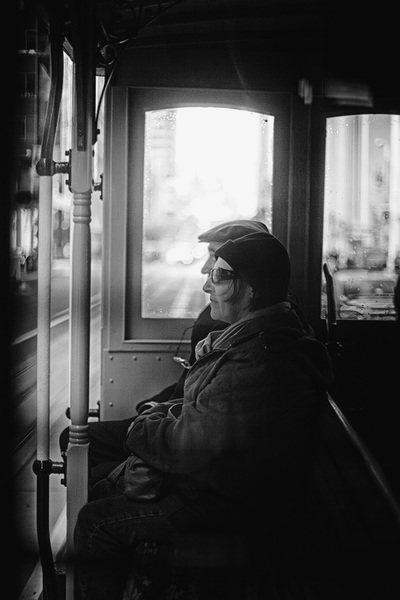
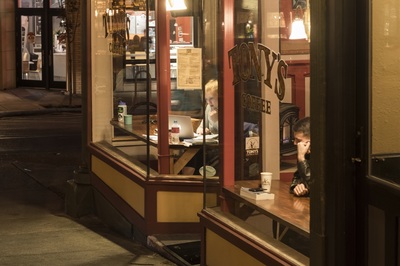
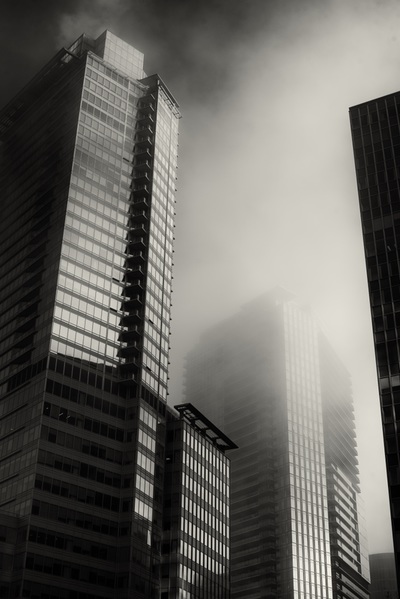
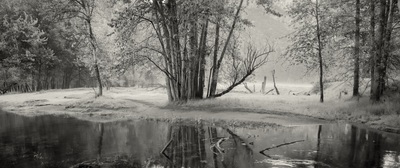
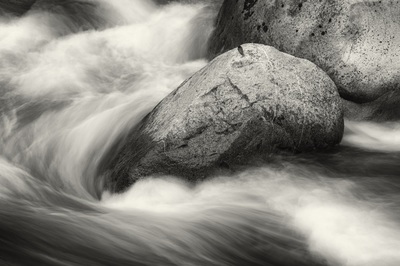
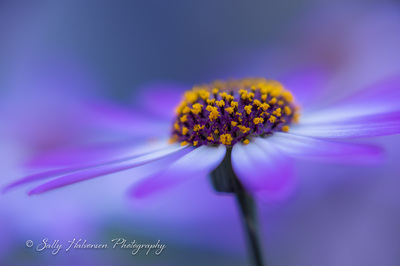
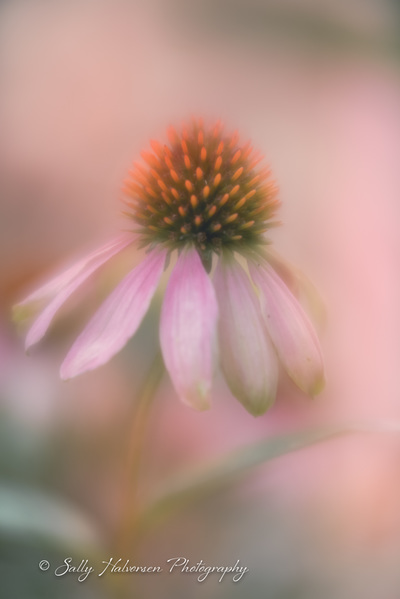
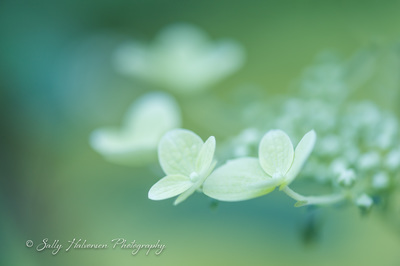
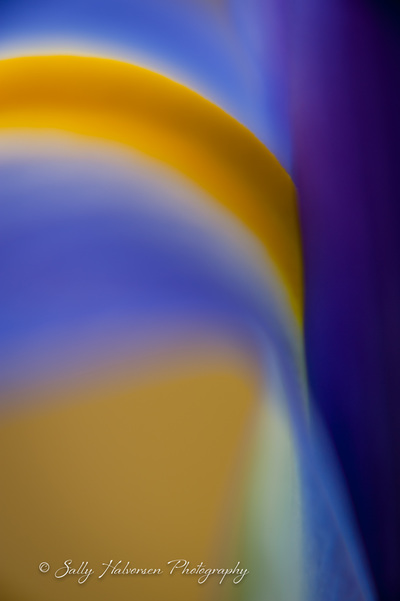
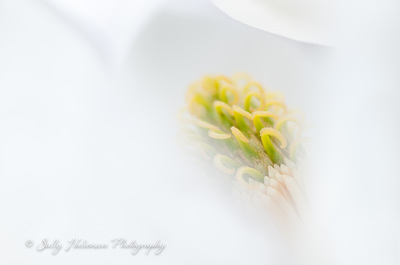
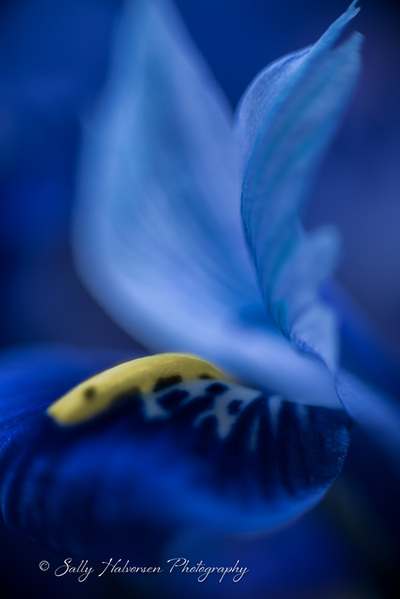
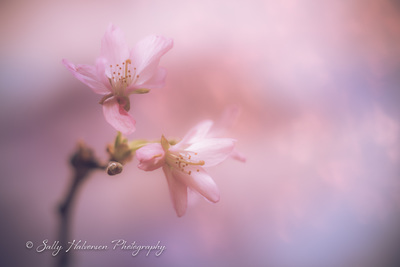
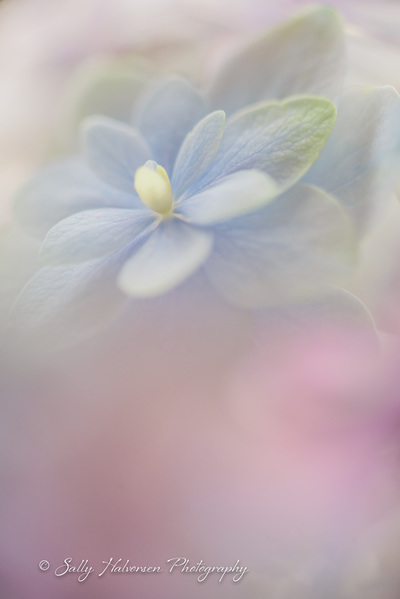
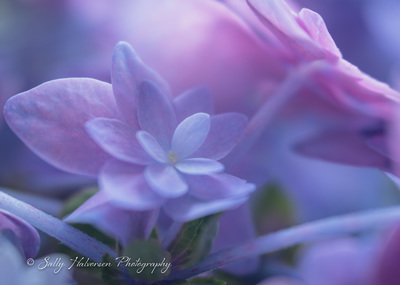
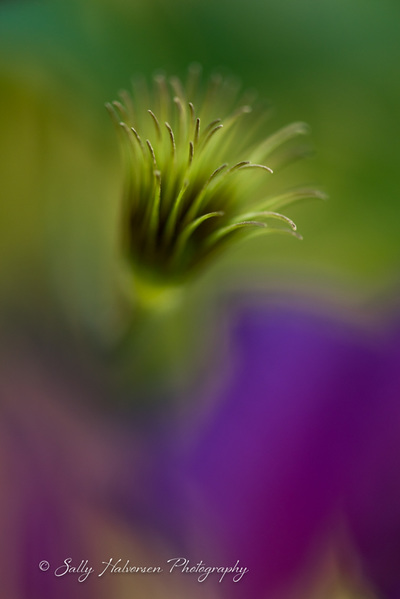
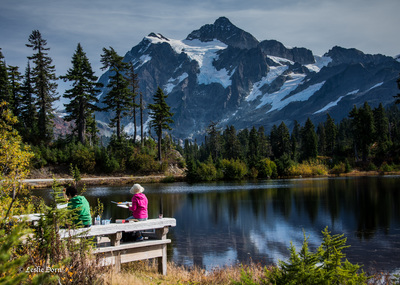
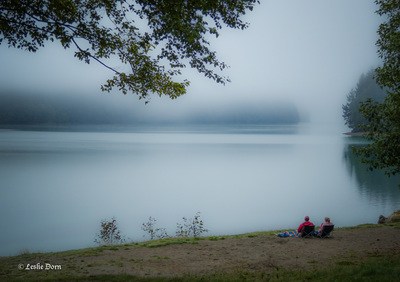
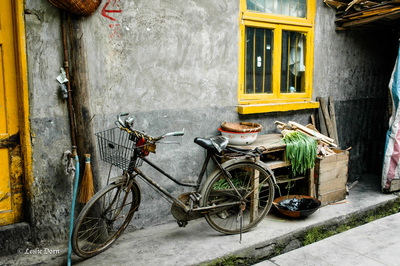
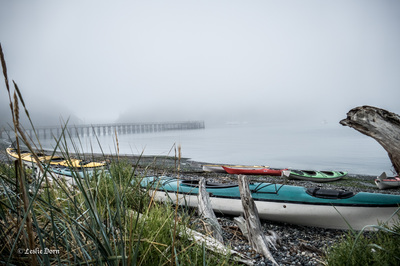
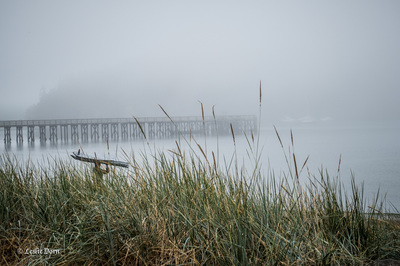
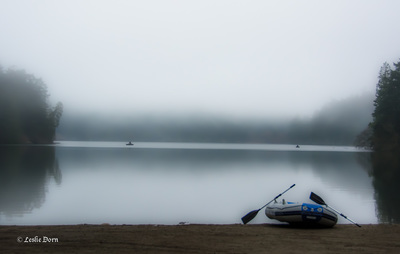
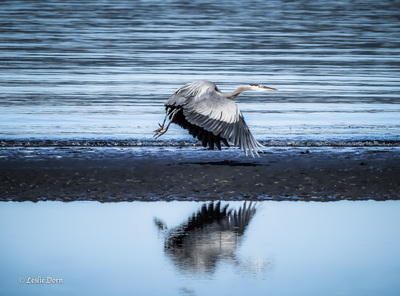
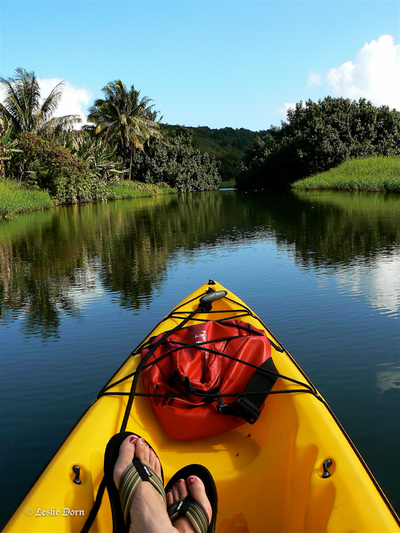
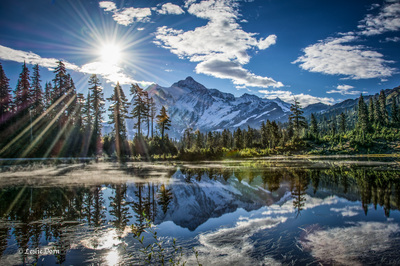
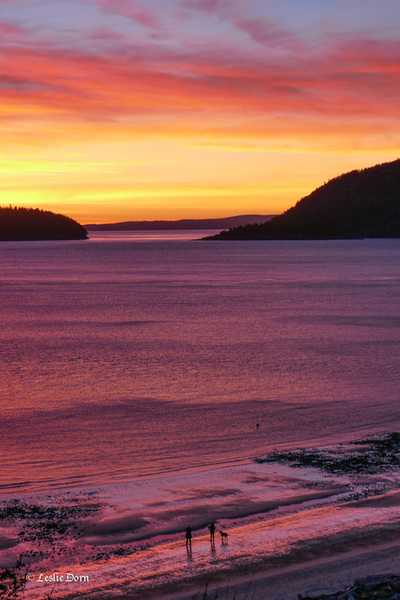
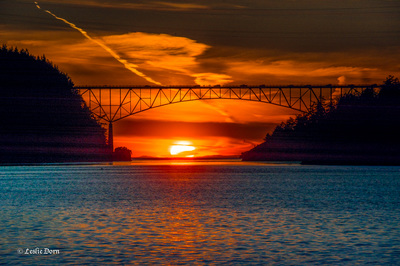
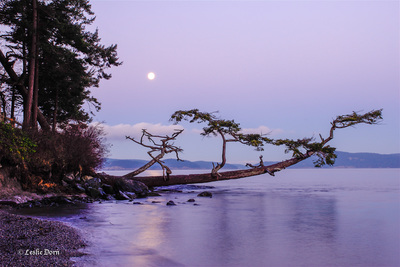
 RSS Feed
RSS Feed